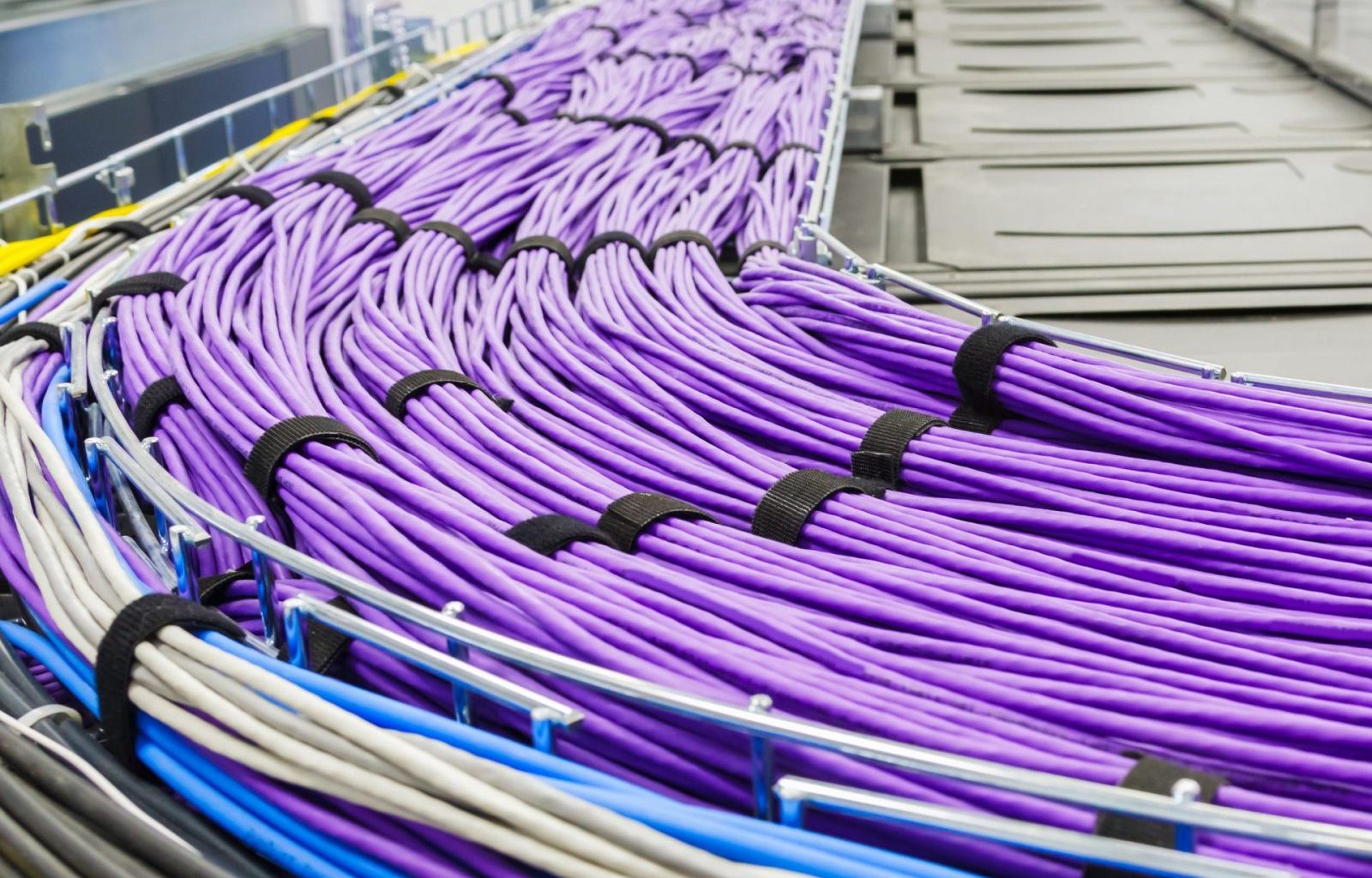Infrastructure Installation
- Home
- Solutions
- MEP Solutions
- Infrastructure Installation

General description
Infrastructure is the backbone of any system. The infrastructure consists of physical structures like roads, tunnels, bridges and rail tracks. Other examples are sewage lines and facilities, airports, emergency stations, health services, hospitals, clinics etc. It also includes the consulting, assessment, strategic planning, and conceptual design services set to be put in action for the necessary task or need.
Infrastructure Types
Infrastructure includes two main types; Hard and Soft.
- Hard includes actual, physical components of a system that are critical for housing various other services.
- Soft is also critical yet deals mainly with health, culture and economic growth. It also involves services such as telecommunications and electrical grids.
It can be further subdivided in three more ways, to help show the distinctiveness between each type, these are;

Core Assets
These include essential services that must be provided to help maintain strong incorporation of the other components of it.
Basic Assets
These assets include all the physical roads, buildings and any other tangible components that we deal with on a day-to-day basis.
Complementary Assets
Complementary assets, just like the name suggests, are enhancers or improvers to the main assets and are not critical to the operation of it.
Benefits
A good infrastructure is what makes all the difference. Careful planning and execution are vital for effective operation and reliability. A vast majority of aspects improves with good infrastructure such as;

- Improved transport services.
- Promote positive social and economic impacts.
- Mitigate the negative social impacts of road traffic, such as congestion related delays.
- Decrease harmful emissions and related accidents.
- Productivity growth.
- Increased energy efficiency.
- Reduced waste.
- Higher quality of life.
